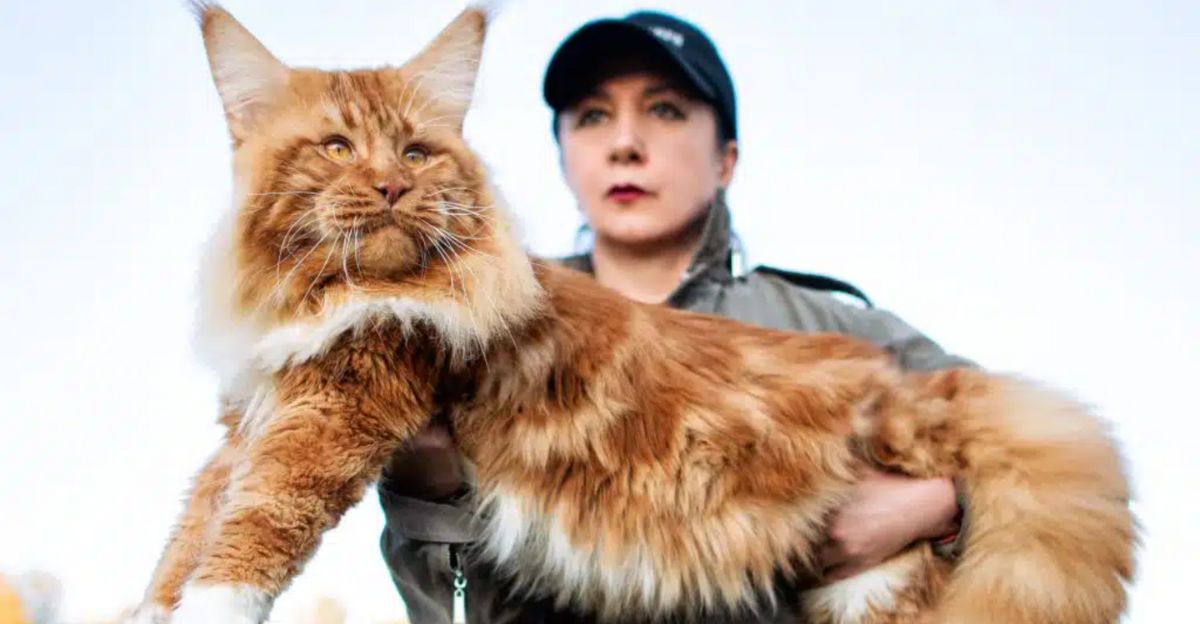
Ever wondered why some cats sport fiery orange coats while others don’t? Scientists have finally cracked the genetic mystery behind these beloved ginger felines. For decades, experts speculated about what makes orange cats so unique, but the answer remained elusive—until now. Thanks to groundbreaking research, we now know exactly what gives these cats their signature hue. And the discovery could reveal even more secrets about feline evolution!
The Genetic Puzzle of Orange Cats
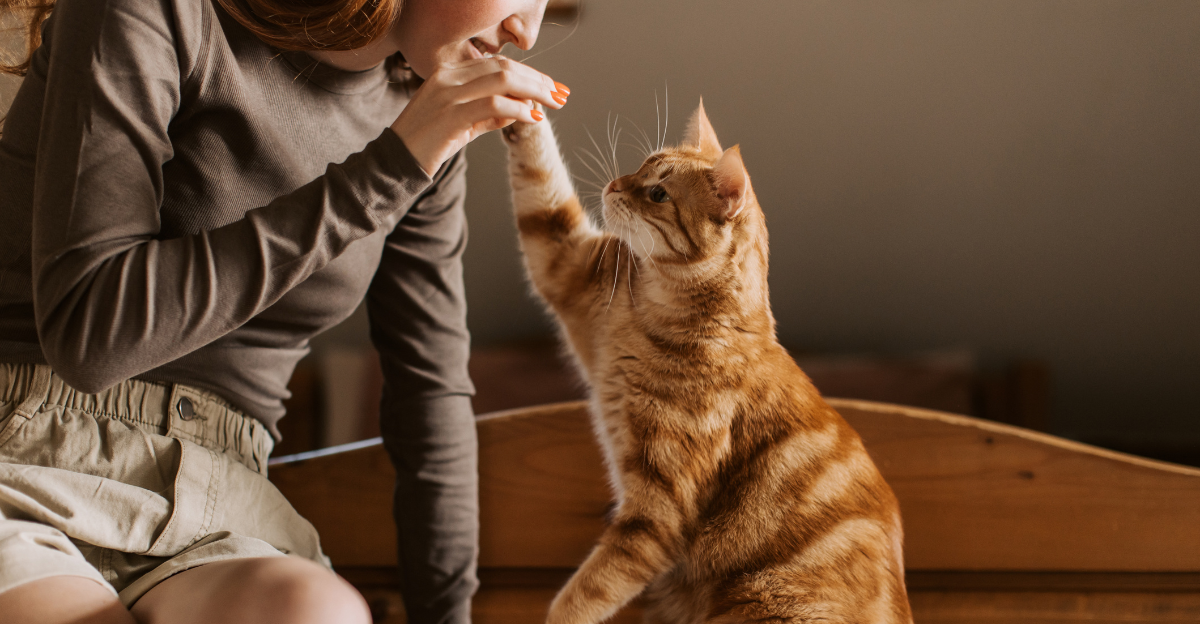
For over 60 years, scientists were baffled by what makes some cats orange. Unlike other coat colors, orange fur follows a unique inheritance pattern tied to the X chromosome, making male orange cats far more common than females. Many assumed the gene responsible was MC1R—the same one linked to red hair in humans. However, two research teams, led by Greg Barsh from Stanford University and Hiroyuki Sasaki from Kyushu University, just cracked the mystery, and the answer was nothing like what they expected. The breakthrough centers on the Arhgap36 gene, which isn’t directly responsible for color but affects how pigmentation signals are processed. A 5,000-base pair deletion near this gene disrupts normal melanin production, shifting the balance from dark eumelanin to orange pheomelanin.
Why Orange Cats Are Mostly Male
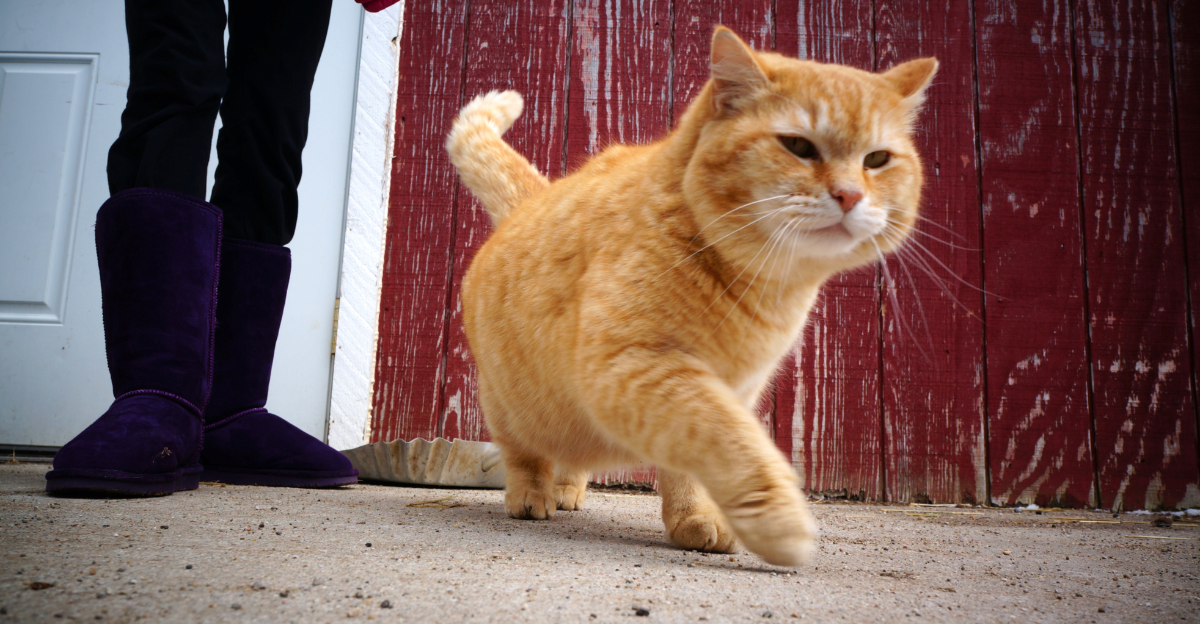
Since the orange gene is X-linked, males (XY) only need one copy to be orange, while females (XX) need two. This explains why roughly 80% of orange cats are male. Female orange cats exist but are much rarer, and calico or tortoiseshell cats result when one X chromosome carries the orange mutation and the other doesn’t.
The Arhgap36 Gene’s Surprising Role
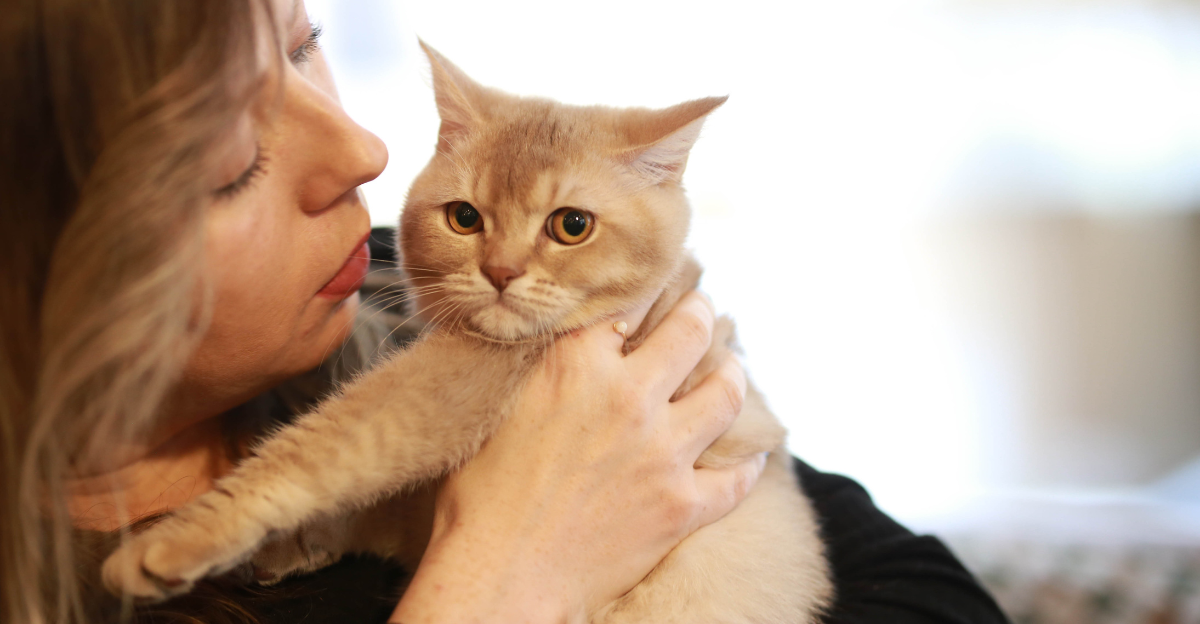
Rather than directly creating orange pigment, Arhgap36 interferes with the MC1R pathway by suppressing protein kinase A (PKA). This shifts melanin production from dark eumelanin to reddish-yellow pheomelanin, causing orange fur. It’s a completely new genetic mechanism—one scientists didn’t see coming.
A Rare Case in Mammals
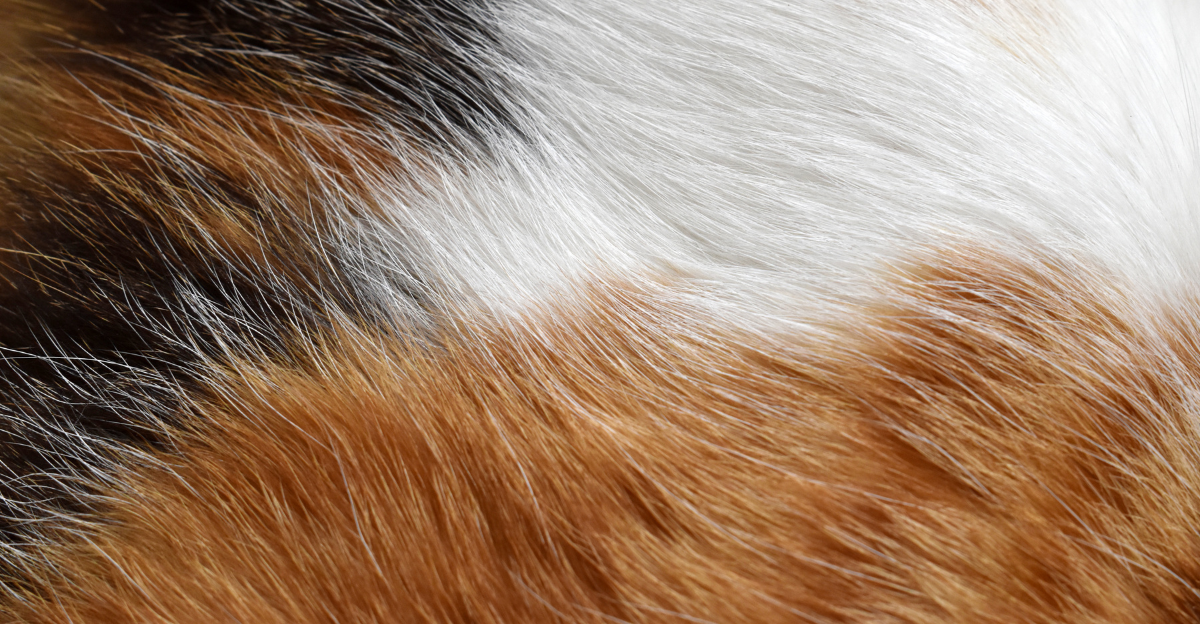
Unlike other coat color genes, this orange fur mechanism is unique to cats. No other known mammal shares this exact genetic regulation for pigmentation. This makes it a fascinating case in comparative genomics, offering new insights into how species evolve distinct traits.
What This Means for Evolutionary Biology
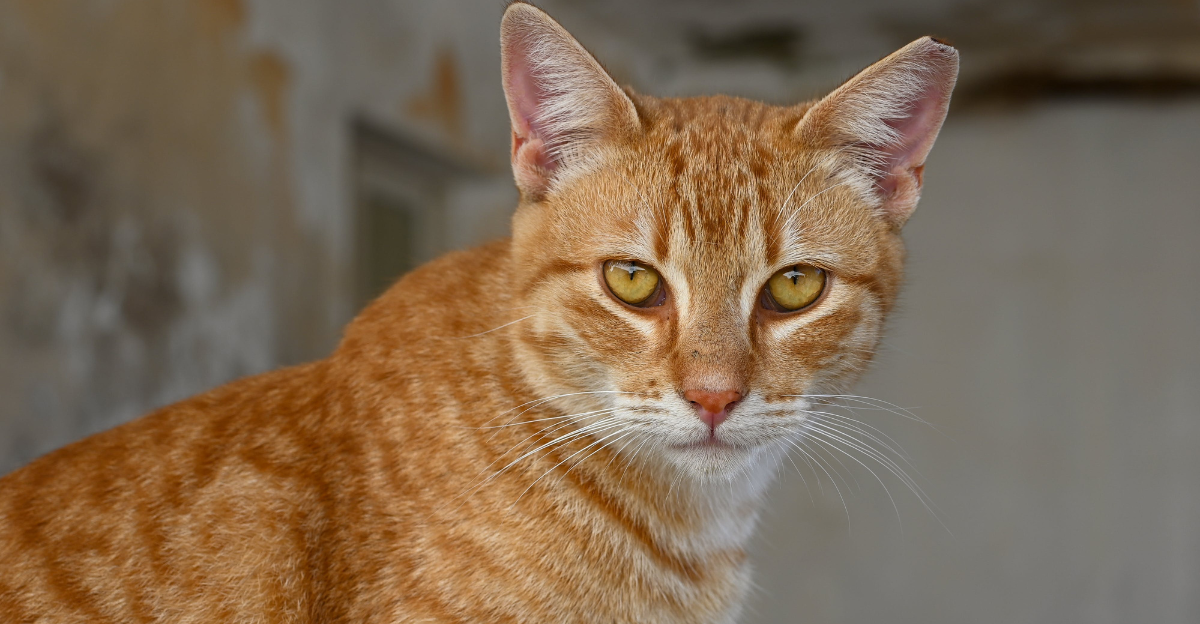
Now that scientists know the genetic basis of orange fur, they can trace when this mutation first appeared in ancient cat populations. Did early domesticated cats carry this trait? Did natural selection favor orange coats in certain environments? These are questions researchers are now exploring.
Beyond Cats—Could This Apply to Humans?
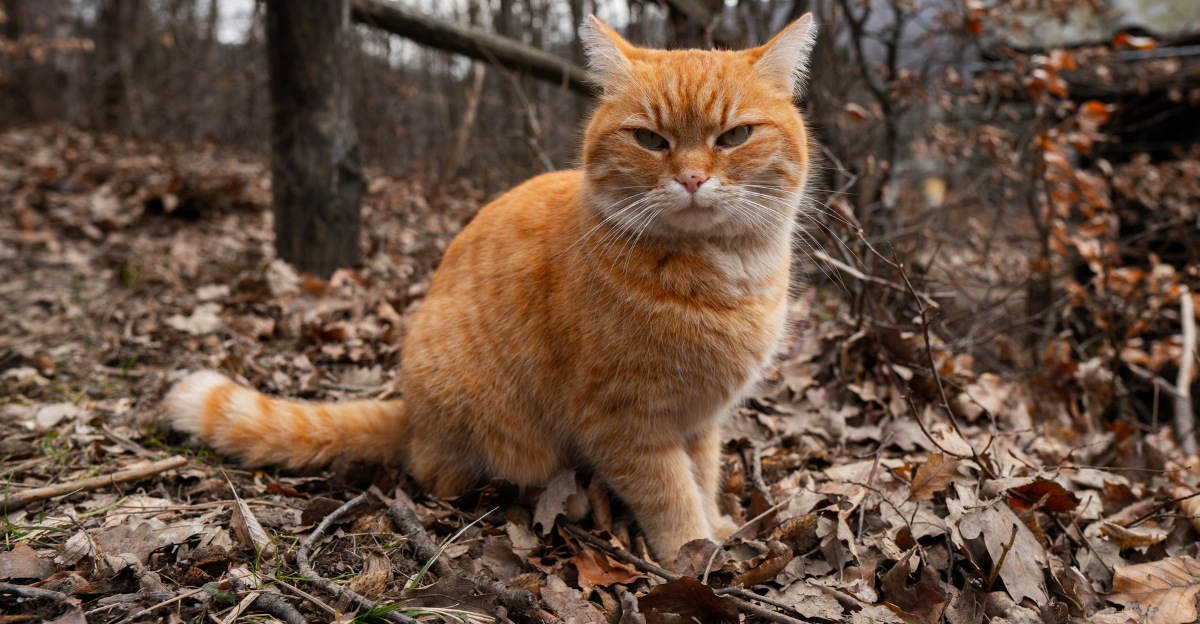
Since Arhgap36 regulates pigmentation pathways, scientists are investigating whether similar mechanisms could be involved in human pigmentation disorders. Understanding how genes control melanin could lead to breakthroughs in conditions like vitiligo or albinism.
The Myth of the Orange Cat Personality
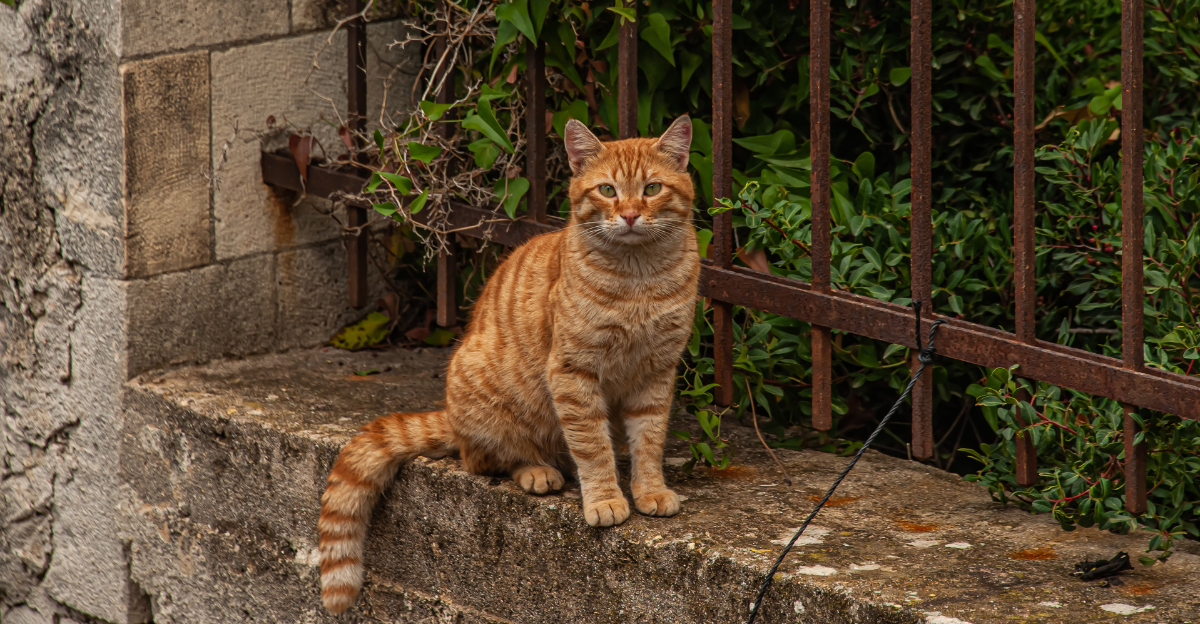
Many believe orange cats are friendlier than other cats, but is this backed by science? A 2012 survey found people perceive them as more social and affectionate. However, no genetic link exists between coat color and temperament—it’s likely a case of human bias reinforcing the stereotype.
Pop Culture’s Love Affair with Orange Cats
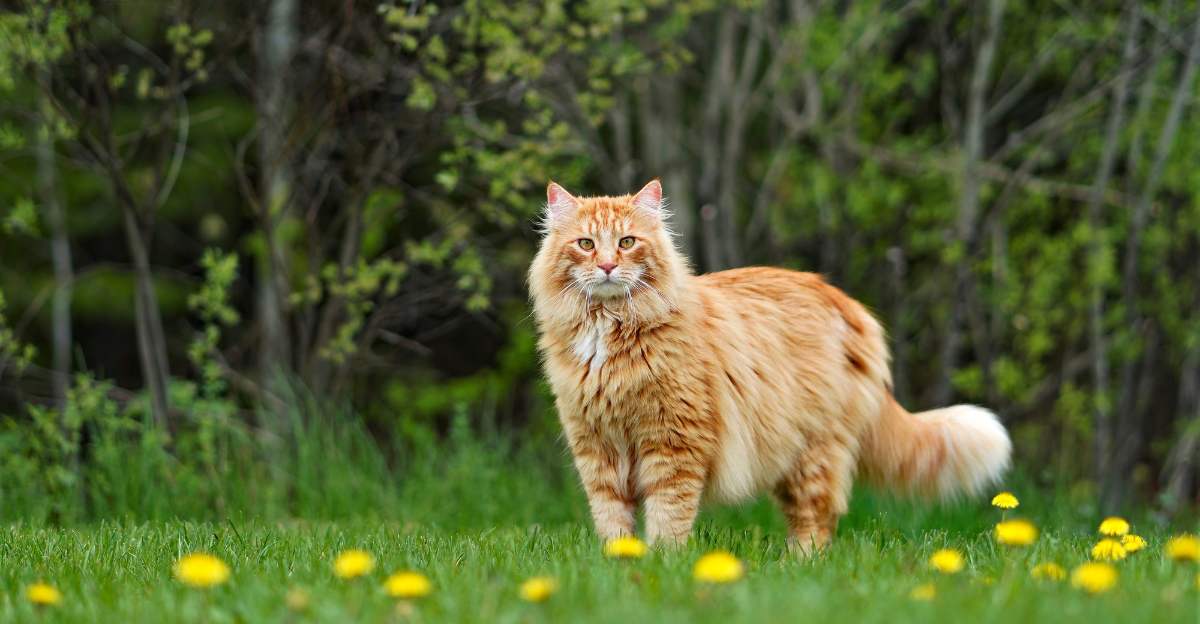
From Garfield to Puss in Boots, orange cats are icons. This new genetic discovery adds scientific depth to their cultural legacy. Now, we know their distinctive color isn’t just visually striking—it’s a quirk of molecular biology and evolution.
Could This Lead to New Genetic Research?
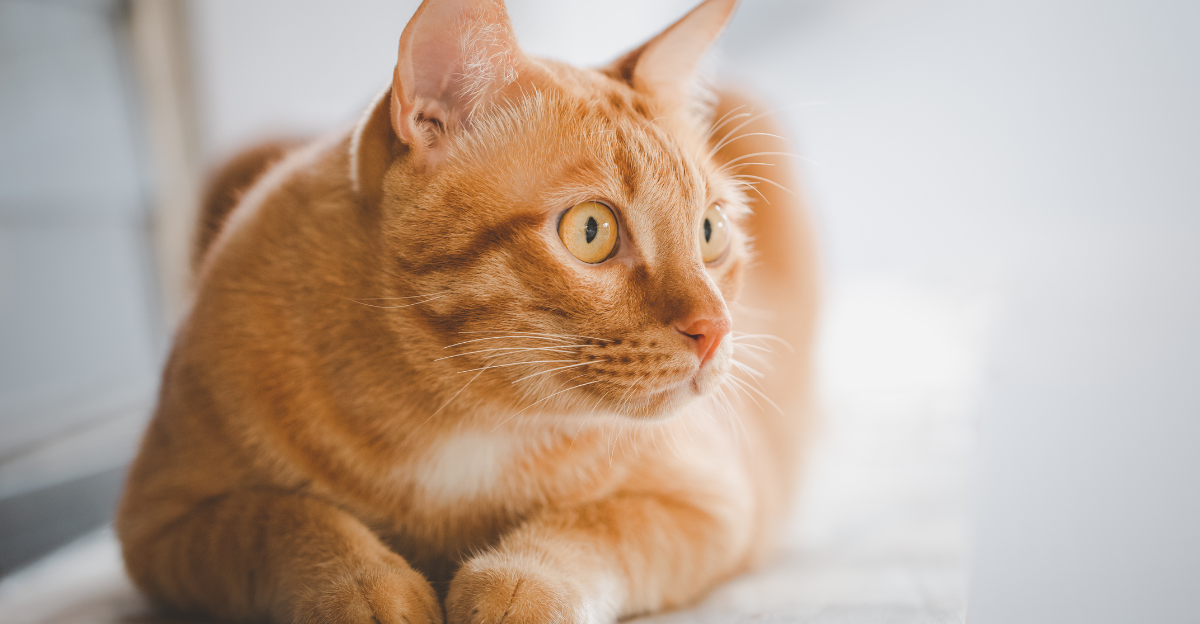
The discovery of Arhgap36’s role in pigmentation raises broader questions. Are there other genes influencing fur intensity and patterns? Why do some orange cats appear more vibrant than others? Scientists believe additional genetic factors may still be at play.
A Breakthrough That Sparks More Questions
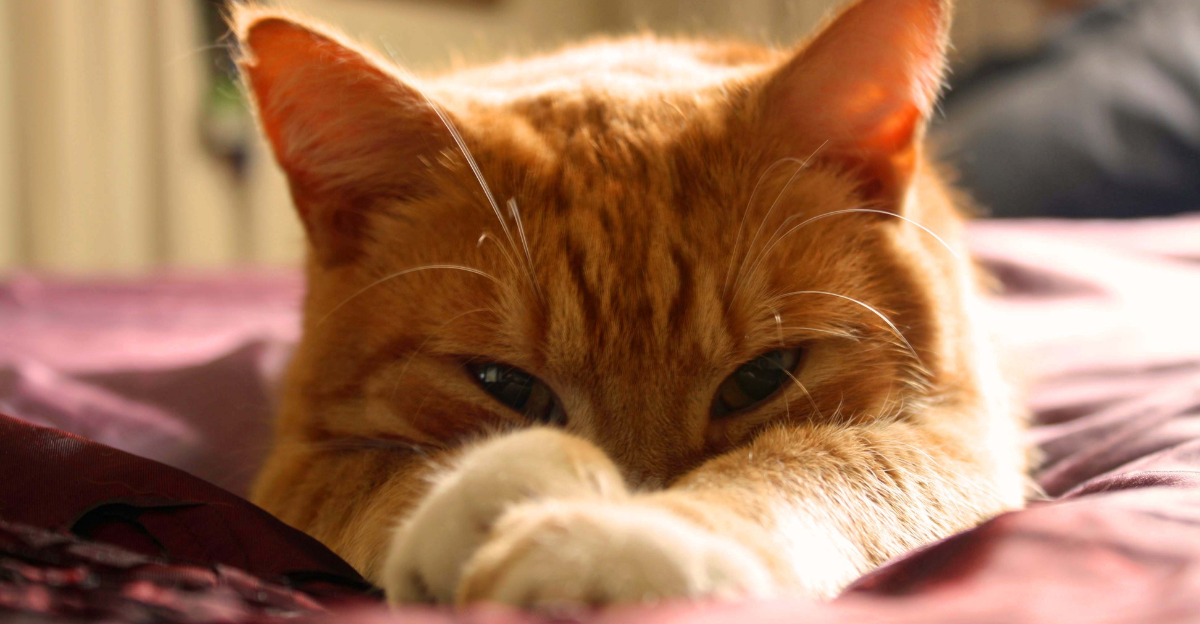
While the mystery of orange fur is solved, new questions emerge. Could similar genetic mechanisms exist in other animals? How did this mutation shape cat domestication? And could this discovery one day help scientists better understand human genetics? One thing’s clear—the science of feline fur is far more complex than we ever imagined.
Explore more of our trending stories and hit Follow to keep them coming to your feed!

Don’t miss out on more stories like this! Hit the Follow button at the top of this article to stay updated with the latest news. Share your thoughts in the comments—we’d love to hear from you!







